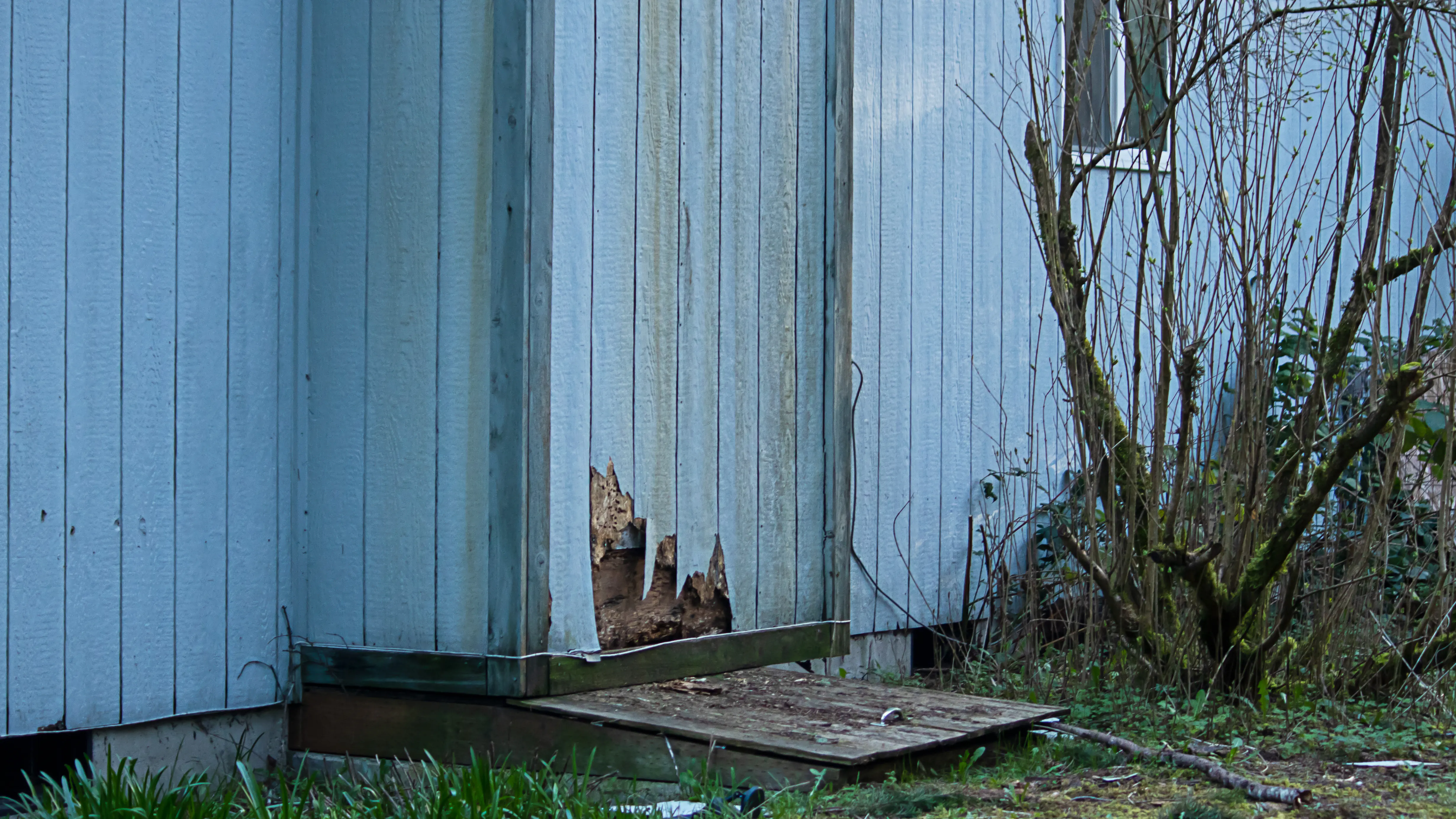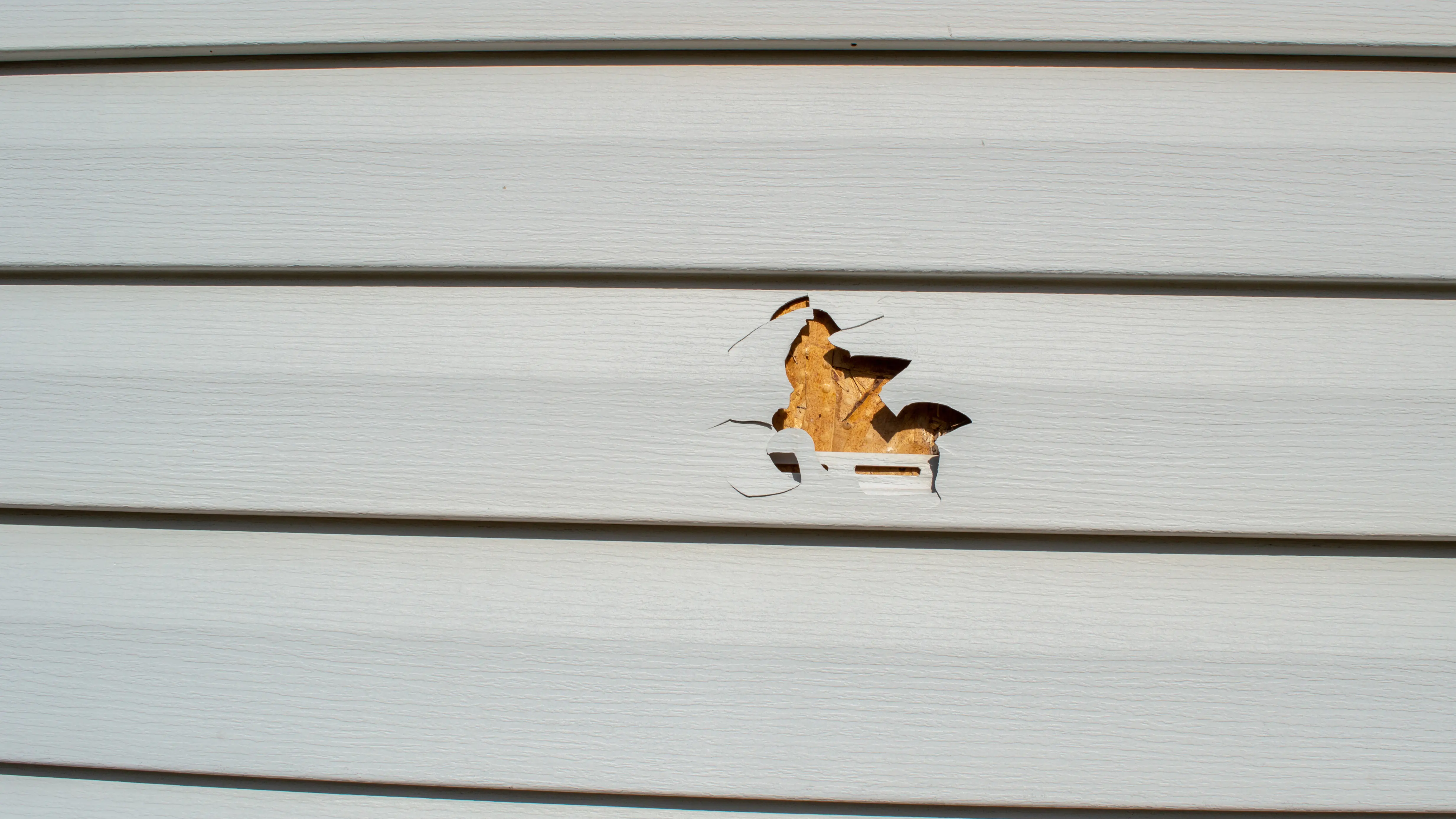Mon to Fri: 09:00 am to 07:00 pm

Mon to Fri: 09:00 am to 07:00 pm

If you need to get siding replaced due to damage caused by weather, insects, or other events covered by your insurance policy, it can be done. The process of getting siding replacement through insurance depends on the type of coverage you have and the amount of deductible you will need to pay.
Before beginning any work related to siding replacement, it is important to contact your insurance company and report the damage. Your insurance company will send a claims adjuster to inspect the damage and estimate the cost to cover damage or replacement.
They will also determine what type of coverage you have and inform you about whether or not you are responsible for paying any deductible before receiving any reimbursement from your insurer.
When it comes to replacing the siding of a home, an insurance company plays a vital role in facilitating a homeowner's claim. The process can be daunting and time-consuming, but a trusted insurance provider can alleviate much of the stress. They will send an adjuster to assess the damage and determine the amount of coverage the policyholder is entitled to.
Once the severity of the damage has been assessed, the insurance provider will then work with contractors to replace the siding and manage any other necessary repairs according to state regulations. Throughout the process, the insurance provider will keep the homeowner informed and ensure they receive quality workmanship.
By providing support and taking on the responsibility of replacing damaged siding, an insurance company allows homeowners to worry less about the process and remain confident that their home will be restored to its pre-damaged state.
Homeowners' insurance coverage usually includes the cost of siding replacement due to damage from hail, wind, fire, or falling objects, also known as covered peril. However, coverage for insect-related damage may require additional coverage and will almost certainly involve a deductible.

Once you have reported the claim to your homeowners insurance firm and estimated repair costs have been determined, you can begin searching for a reputable contractor .
Make sure to get estimates from at least three contractors and thoroughly research each of them before deciding on the one who will do the job. This includes verifying that they are licensed, bonded, and insured in your state, as well as obtaining references and reading reviews.
When replacing existing siding through homeowners insurance, it is important to understand your policy's coverage and the amount of deductible you must pay. Be sure to familiarize yourself with the terms of your homeowners insurance policy before beginning any repairs or replacements.
It is also essential to keep all receipts related to the repair work as this will
be necessary for filing a homeowners insurance claim. The insurer will also need a copy of the
contractor's invoice before they can process the
claim and reimburse you for the cost of replacing the new siding.

Vinyl siding has become the most popular choice for homeowners, over aluminum siding or even wood siding, for its durability, versatility, and easy maintenance.
However, even the highest quality vinyl can become damaged over time due to normal wear. Extreme weather conditions from a recent storm, such as hail or weather-related strong winds, can dent or crack vinyl siding when hit by flying debris.

Additionally, constant exposure to UV rays can cause the color of the old siding to fade or even become discolored.
Another common issue that can wreak havoc on siding damage is warping, caused by the expansion and contraction of the material due to extreme temperature changes. While vinyl is certainly durable, homeowners need to remain vigilant and aware of potential siding damage to ensure the longevity and appearance of their home's exterior.
As a homeowner, protecting your investment is a top priority. When it comes to your home's exterior, weather-related siding damage and gradual fading are inevitable concerns, but fortunately, most insurance policies offer coverage for such situations.
Types of new siding damage that insurance coverage typically covers include hail damage or wind damage, fire or smoke damage, vandalism, and water damage from a burst pipe. It's important to note that coverage may vary based on the specifics of your policy and the extent of the damage.
Additionally, homeowners insurance companies typically cover damage repair or replacement costs, although deductibles may apply. To ensure that you have the proper coverage and know exactly what is covered, it's recommended to review your homeowners insurance policy and speak with your provider about any questions or concerns you may have.
1. Report the damage to your insurance firm and request an inspection from a claims adjuster.
2. Have the claims adjuster inspect the damaged areas and provide you with an estimate of the cost for replacement or repair.

3. Determine what type of coverage you have, as this will affect the amount of deductible you are responsible for paying before receiving reimbursement.
4. Contact a contractor to get estimates for the cost of new siding replacement and repair work.
5. Submit the estimate provided by your contractor along with any other necessary documents to your insurance firm.
6. Pay the deductible if required, and wait for your insurance firm to approve the claim.
7. Once approved, your insurance firm will contact the contractor you selected and arrange for payment once the work is completed.
8. Have the contractor begin work on replacing or repairing the siding based on your agreement with them.
9. Receive reimbursement from your insurer after all of the necessary paperwork has been filed and the contractor is paid.
10. Enjoy your newly installed or repaired siding!
As a homeowner, it's important to be aware of the risk damaged siding poses and be ready to act when it happens. Knowing that most insurance policies offer coverage for new undamaged siding repairs can take away much of the stress associated with restoring your home after a damaging event.
With proper research and preparation, homeowners can rest assured that they will receive quality workmanship and the best possible results. With the help of an insurance provider, you can get your entire house back to its pre-damaged state quickly and securely.
In conclusion, while the damaged siding is never ideal, most homeowners are relieved to know that their insurance policy can help cover the cost of repair or replacement.
It’s important to understand the details of your policy and shop around for reputable contractors so that you can get a better idea of what quality workmanship you can receive and how to ensure the best possible results. With the right coverage and preparation, siding damage doesn't have to be a major financial burden or cause undue stress for homeowners.
Thank you for reading! We hope this content was helpful in understanding the steps and importance of filing an insurance claim to cover siding damage. Remember to always be prepared when it comes to your home's exterior and know what coverage you may have available from your provider. With the right information, you can easily handle any siding damage that arises and get your home looking like new in no time!
If you have any questions or are unsure about something do not hesitate to reach out to us! We are always happy to help!
Get a free siding or windows estimate today by simply filling out this form.
Our team members


